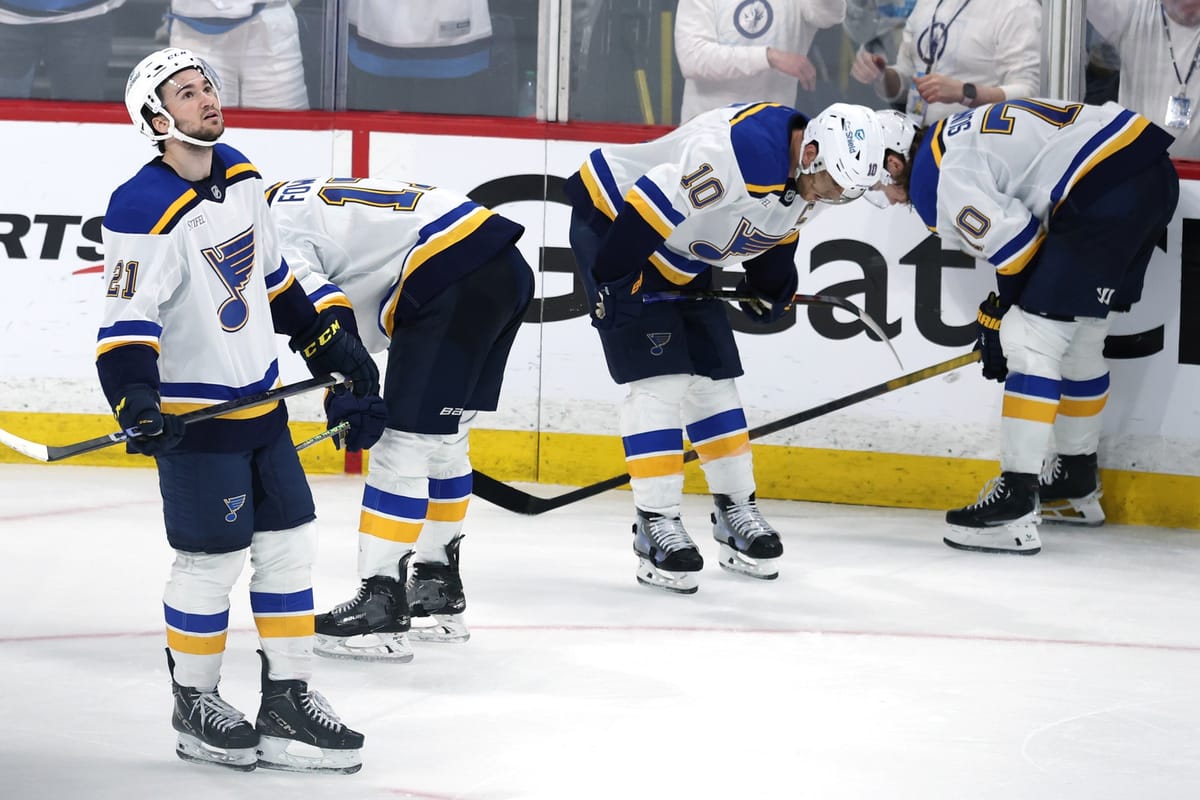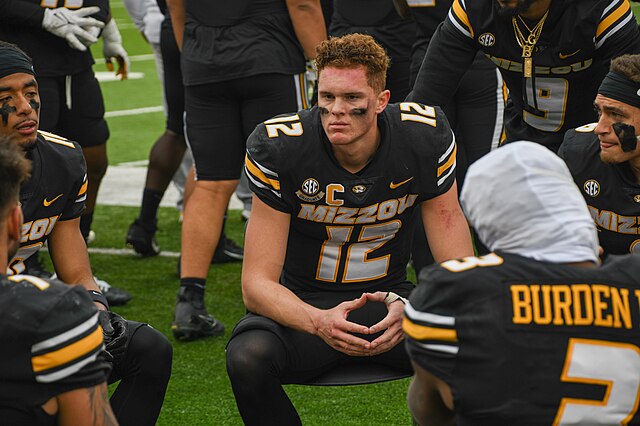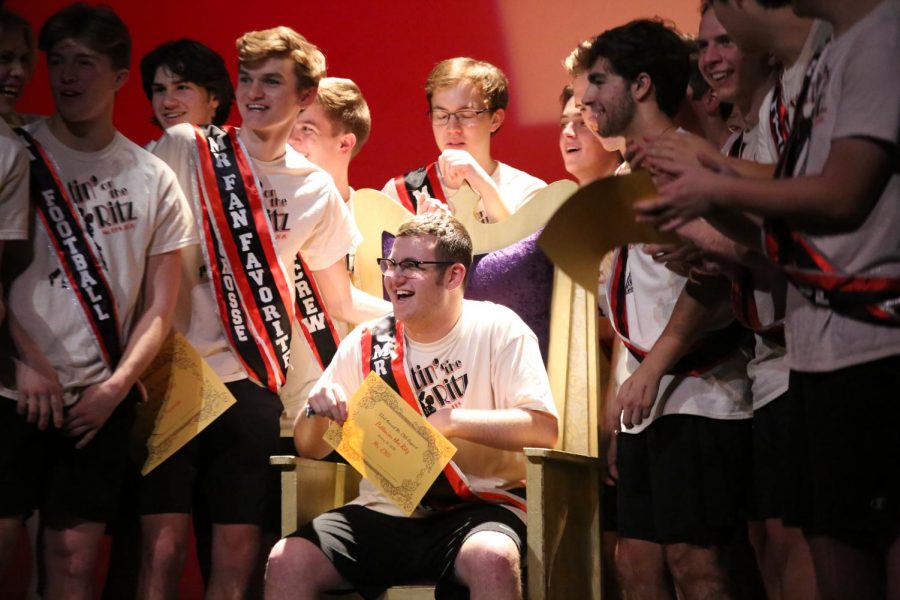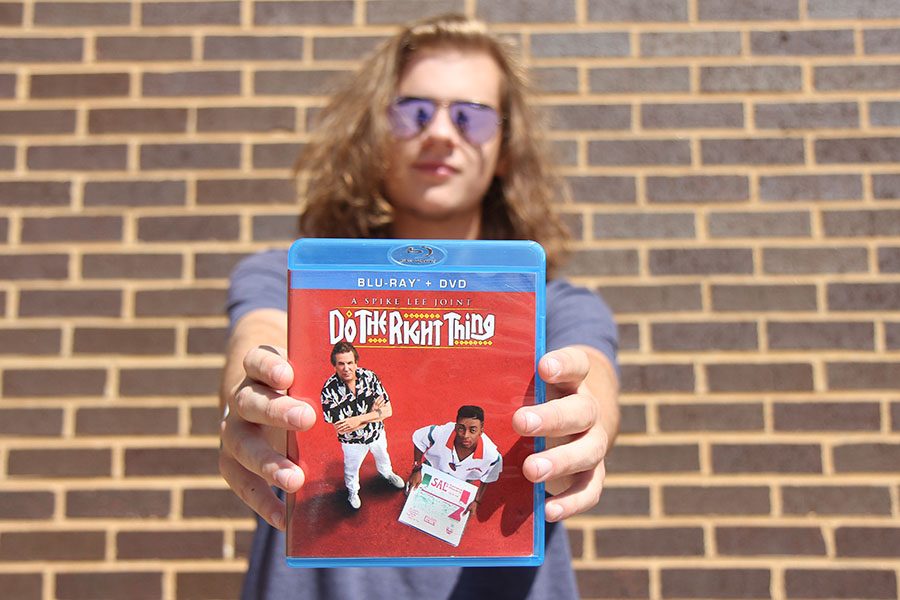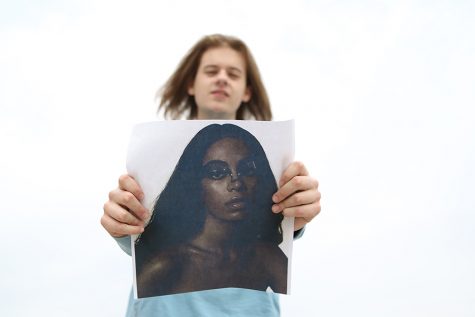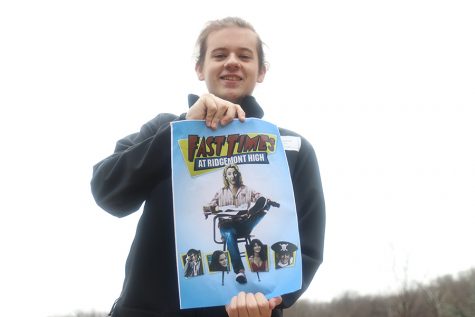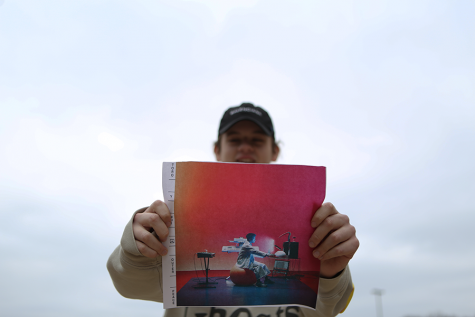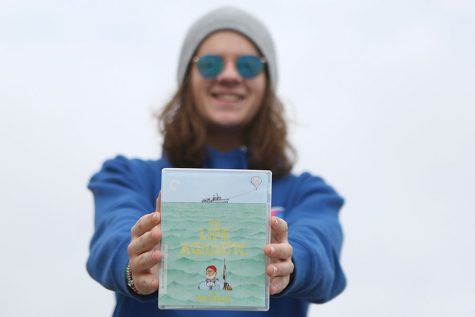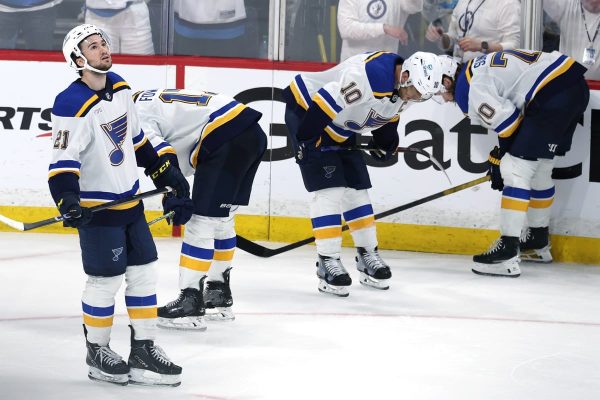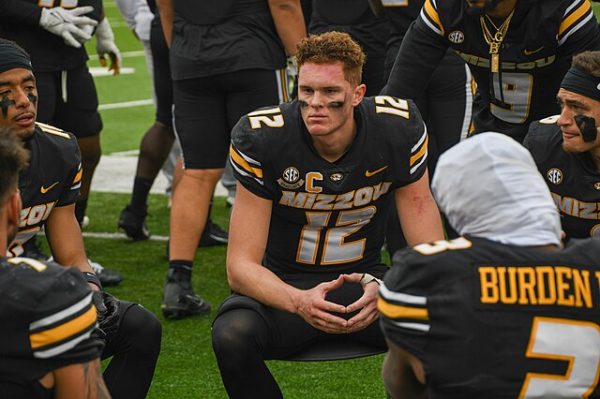Opinion | Bona Fide | “Do the Right Thing”
A review of Spike Lee’s “Do the Right Thing”
WARNING: “Do the Right Thing” is rated R by the MPAA for language, violence and brief nudity.
Da Mayor: “Doctor…”
Mookie: “C’mon, what. What?”
Da Mayor: “Always do the right thing.”
Mookie: “That’s it?”
Da Mayor: “That’s it.”
Mookie: “I got it, I’m gone.”
“Do the Right Thing” (1989) is a must-see because of how it integrates different cultures and intelligently creates a conversation around race and background that is still a topic of controversy and division 29 years later.
With the recent release of the pot-stirring “BlacKKKlansman,” I’ve decided to review the film that stoked the never-ending conversation of racial injustice: “Do the Right Thing.”
The film follows Mookie (played by writer, director and producer Spike Lee)–the centerpiece of the picture who’s a pizza delivery boy for the Italian-owned Sal’s Pizzeria (Sal played by Danny Aiello). Always seeming to be unwillingly caught in the middle of gut-wrenching situations, Mookie is the moderator in a film packed with different and conflicting views.
Set entirely on a street in Brooklyn, the film analyzes the differing minorities including Italian pizzeria owners, Korean convenience store owners, Hispanic-Americans and African-Americans.
Lee had two previous films under his belt: the low-budget rom-com “She’s Gotta Have It” (1986) and the dramedy-musical “School Daze” (1988). “Do the Right Thing” was a leap of faith if there ever was one: a film about race directed by an African-American that was proposed just after the Michael Griffith incident.
Griffith was an African-American male who was run over by a son of a New York cop while trying to evade white men beating Griffith and his two friends Cedric Sandiford and Timothy Grimes outside of an Italian pizzeria, December 1986.
Lee had everything to lose and everything to gain when he sat in the director’s seat to film “Do the Right Thing.”
Released in 1989, “Do the Right Thing” was an eye-opener for the U.S. and people everywhere. It brought up social injustice, race issues and everything society would rather pretend doesn’t exist.
For example in the last lines of “Do the Right Thing” Mister Senor Love Daddy (Radio DJ in the film played by Samuel L. Jackson) urges people to go vote and New York elected its first-and-only African-American mayor the fall of 1989.
It offered perspective and enlightenment to the masses that couldn’t be found anywhere near white, privileged Hollywood.
“Do the Right Thing” is unlike any other film I’ve ever experienced. It sparked a fire in my heart, an endless conversation that I didn’t know I needed. Never has a film put me through the societal wringer in such a way as Lee’s masterpiece.
Lee’s touchy subject matter is crafted with pure passion and precision. In other words, he gets everything right.
Even the cinematography by Ernest Dickerson used the Dutch Angle (angle used in film that is tilted rather than center) as a plot device in certain scenes building to the climax of “Do the Right Thing” to craft the feeling of tension.
The characters and dialogue are the standouts of the picture largely in part because of the realism and roundness of Lee’s ability to create affection and distaste for his characters without one weighing down the other.
“Do the Right Thing” never attempts to take sides of any one race in the film: each character is three-dimensional with humanistic qualities with no heroes or villains as there would be in a formulaic motion picture. The film focuses heavily on bias and equality but never attempts to portray one side as better or more right than the other.
With a plethora of subliminal messages, Lee knew his handle on the subject matter exactly when filming the motion picture. There is not an ounce of fluff or sap present through the two-hour runtime.
In the end the audience is left with the question of whether or not “the right thing” was done when in all reality (as portrayed in the picture) there is no ONE right thing, each individual can only choose what they themselves believe is the right thing based on their beliefs and background as a human being.
That is why “Do the Right Thing” will forever be relevant: Lee’s ability to comprehend humanity and humility from all sides of the story is above those of politicians and with “Do the Right Thing” Lee created a social commentary that pales in comparison to anything related.
Eric Garner’s death, July 2014, was one of fatal police brutality. He plead 11 times for breath as he was choked to death by New York police officers. 25 years before Garner’s death Lee depicted the scene almost exactly through the final conclusion of “Do the Right Thing”.
Leaving myself to ask, how does one film with such an impact still predict the habits of the law enforcers designed to “serve and protect” U.S. citizens?
Your donation will support the student journalists of Eureka High School - MO. Your contribution will allow us to purchase equipment and cover our annual website hosting costs.

This is Margherita's fifth semester on staff where he serves as an opinions writer for the EHS_hub. Marghertia enjoys discovering new music, traveling...

This is Peterson's seventh semester on staff where she serves as the Managing Editor for both the Eurekana Yearbook and EHS-hub. Peterson enjoys sleeping,...






